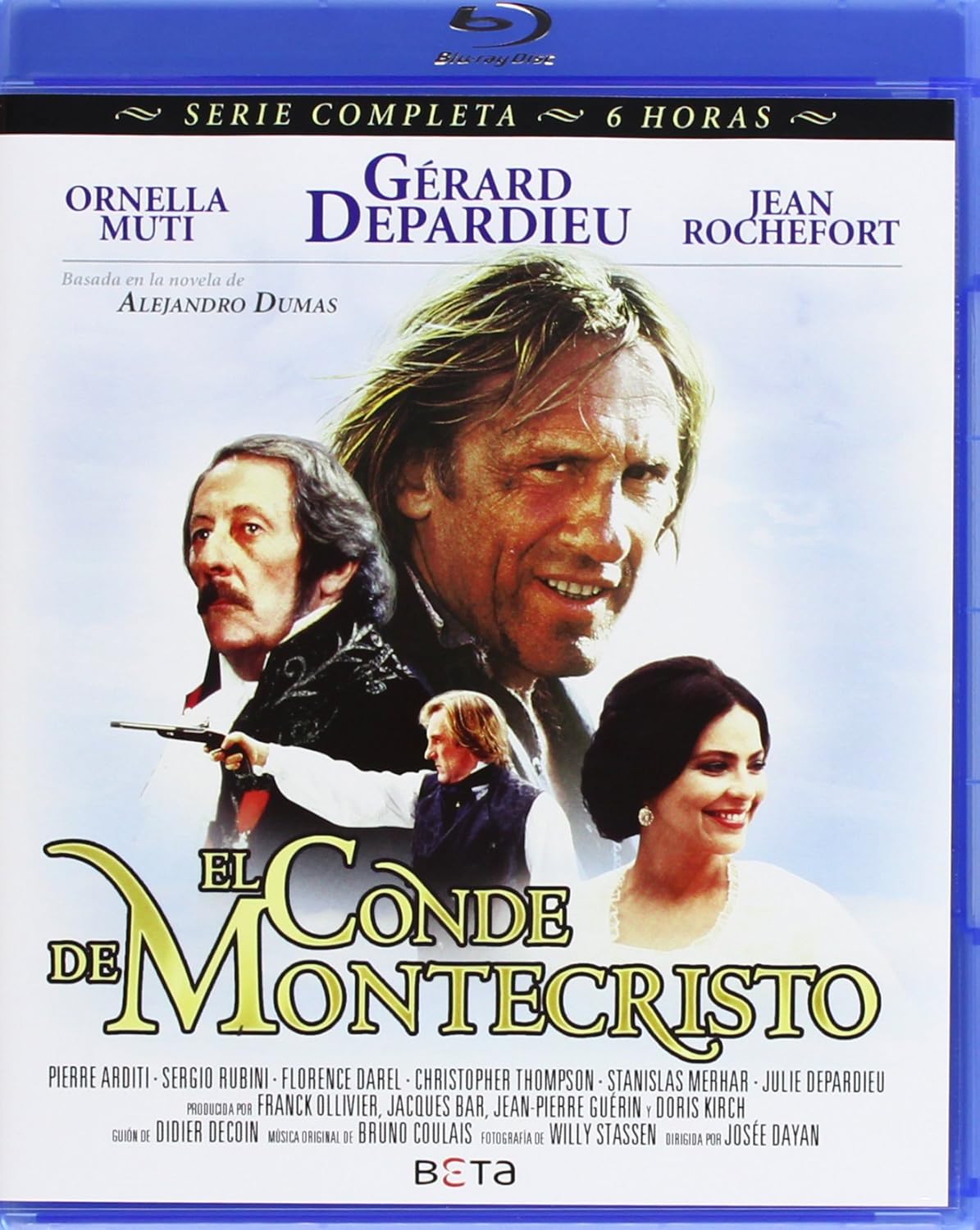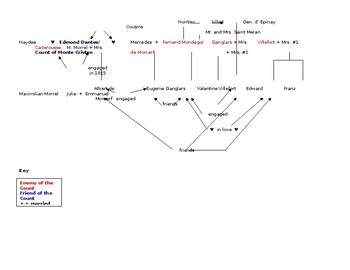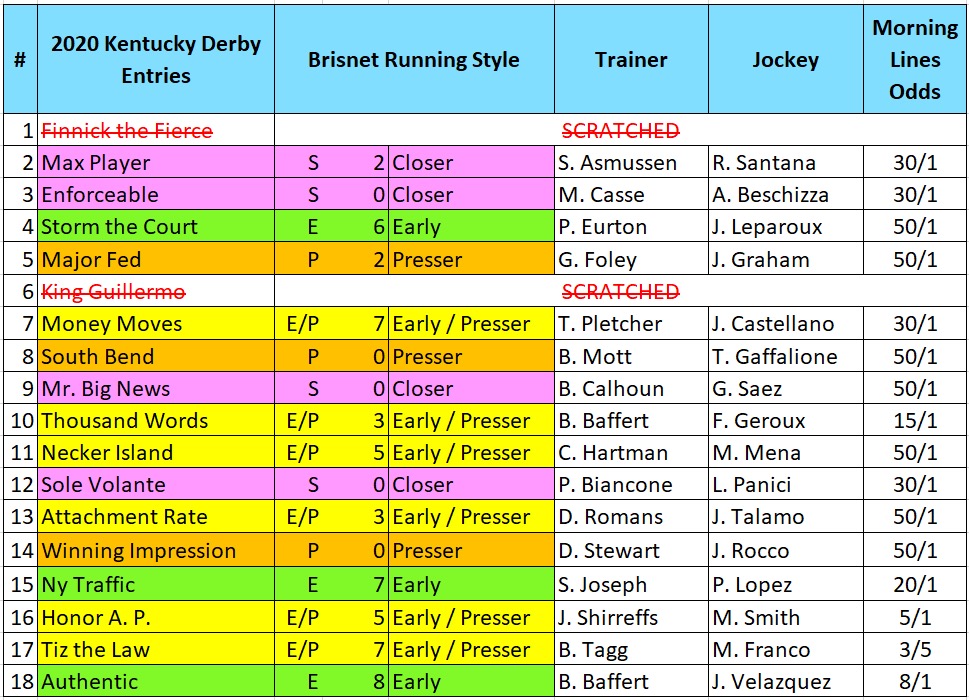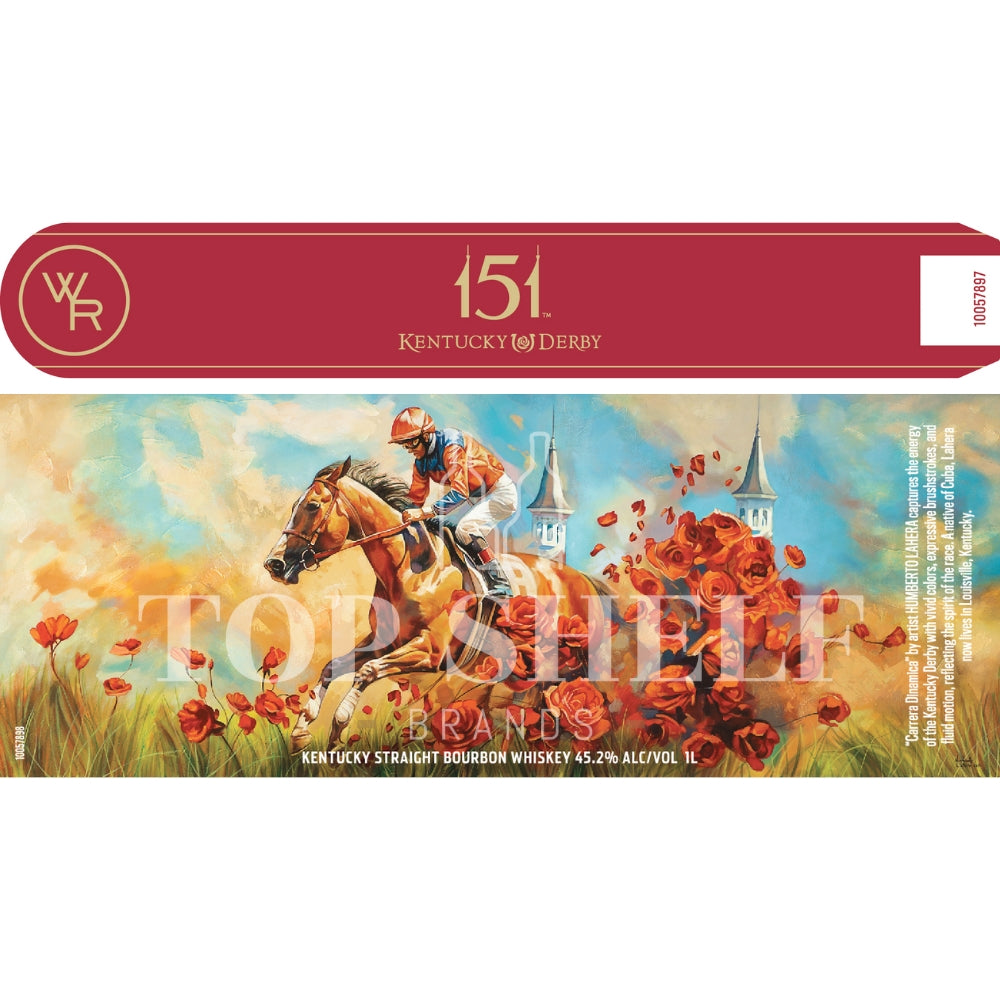A Modern Look At The Count Of Monte Cristo: Book And Film Adaptations Compared

Table of Contents
The Source Material: Dumas's Masterpiece and its Enduring Appeal
Plot Complexity and Character Depth in the Novel:
The intricate plot of The Count of Monte Cristo novel, with its twists, turns, and interwoven storylines, is a testament to Dumas's masterful storytelling. The depth of character development is equally impressive. Edmond Dantès, the unjustly imprisoned protagonist, undergoes a remarkable transformation, fueled by both a thirst for revenge and a yearning for justice. His antagonists, Fernand Mondego, driven by envy and ambition, and Danglars, consumed by greed, are equally compelling figures. Mercédès, Edmond's lost love, represents the complexities of love, betrayal, and forgiveness.
- Key Plot Points: Edmond's wrongful imprisonment, his escape from the Chateau d'If, his acquisition of the Monte Cristo fortune, his elaborate schemes of revenge, and his ultimate reconciliation (or lack thereof).
- Character Arcs: Edmond's journey from innocent youth to vengeful Count to a man grappling with his actions; Fernand's descent into villainy; Mercédès's struggle with guilt and regret; Danglars's relentless pursuit of wealth and power.
- Thematic Elements: Justice vs. revenge, the corrupting influence of power, the complexities of love and betrayal, the possibility of redemption, and the enduring power of hope.
- The sheer length of the novel allows for a nuanced exploration of these themes and characters, a luxury often unavailable in shorter film adaptations. This richness of detail is a significant factor in the novel's enduring appeal.
The Novel's Lasting Influence on Literature and Popular Culture:
The Count of Monte Cristo isn't just a classic; it's a foundational text that has profoundly influenced subsequent works of literature and popular culture. Its themes of injustice, revenge, and redemption continue to resonate with audiences today.
- Examples of Inspired Works: Numerous novels, films, and television shows have drawn inspiration from its plot structure, character archetypes, or thematic concerns.
- Adaptations: From early silent films to modern television series, the story continues to be reinterpreted and reimagined, demonstrating its enduring adaptability and popular appeal. The sheer number of Count of Monte Cristo adaptations is a testament to its enduring power.
Notable Film Adaptations: A Comparative Analysis
Early Adaptations vs. Modern Interpretations:
The history of Count of Monte Cristo adaptations is rich and varied. Early silent films, limited by technology, focused primarily on the broad strokes of the plot. Modern adaptations, however, can leverage advanced cinematic techniques to explore the nuances of character and theme.
- Key Adaptations: Examples include the 1911 silent version, the 1934 Robert Donat film, the 1975 version starring Richard Chamberlain, and the 2002 Kevin Reynolds film.
- Strengths and Weaknesses: Consider how effectively each adaptation handles the complexity of the plot, the characterizations, and the thematic concerns. Some excel in visual spectacle; others focus on psychological depth.
Variations and Interpretations: How Adaptations Change the Story:
Film adaptations inevitably necessitate changes to the source material. Directors make choices about which aspects of the story to emphasize, which characters to develop fully, and which themes to explore. These choices shape the overall experience of the film, sometimes diverging significantly from the novel's intent.
- Significant Changes: Analyze specific instances where adaptations condense or alter the plot, streamline character arcs, or shift thematic focuses. For instance, some emphasize the romance, others focus on the revenge aspects.
- Impact of Changes: Discuss how these changes affect the narrative flow, character development, and the overall impact of the story on the audience. Often, these changes reflect the director's vision and the prevailing sensibilities of the time.
The Visual Medium: Challenges and Opportunities in Adapting The Count of Monte Cristo
Condensing a Complex Narrative:
Adapting a sprawling novel like The Count of Monte Cristo into a film of manageable length presents significant narrative challenges. Directors must make difficult choices about what to include and what to leave out.
- Techniques Used: Examining techniques employed to condense the narrative, including streamlining storylines, combining characters, and focusing on key plot points.
- Examples: Specific examples from different film adaptations will illustrate how directors chose to address this challenge, and the effectiveness of their strategies.
Capturing the Atmosphere and Themes:
The atmosphere and themes of The Count of Monte Cristo – romance, suspense, revenge, and redemption – are crucial to its enduring appeal. Film adaptations must translate these elements into the visual medium using cinematography, music, and acting performances.
- Use of Cinematography, Music, and Acting: Analyze how different adaptations use these cinematic tools to convey the novel's atmosphere and thematic elements, paying attention to color palettes, lighting, musical scores, and the actors' performances.
Conclusion:
The numerous Count of Monte Cristo adaptations showcase the enduring appeal of Dumas's masterpiece and the challenges and opportunities inherent in translating a complex novel to the screen. While each film version offers a unique perspective and makes its own set of creative choices, they all aim to capture the essence of Edmond Dantès's journey of betrayal, imprisonment, escape, and revenge. Understanding these adaptations requires appreciating the source material and the creative decisions made in its translation to the visual medium. Delve into the world of The Count of Monte Cristo – explore the novel and its captivating film adaptations to fully appreciate this enduring story of revenge, redemption, and justice! The various Count of Monte Cristo adaptations each offer a fresh perspective on this classic tale.

Featured Posts
-
 Verstappen Welcomes Child Ahead Of Miami F1 Race
May 04, 2025
Verstappen Welcomes Child Ahead Of Miami F1 Race
May 04, 2025 -
 Ufc 314 Major Ppv Card Alterations Following Prates Neal Cancellation
May 04, 2025
Ufc 314 Major Ppv Card Alterations Following Prates Neal Cancellation
May 04, 2025 -
 Nervous Child Leaves Britains Got Talent Stage During Live Broadcast
May 04, 2025
Nervous Child Leaves Britains Got Talent Stage During Live Broadcast
May 04, 2025 -
 Lizzos Comment On Britney Spears And Janet Jackson Causes Stir
May 04, 2025
Lizzos Comment On Britney Spears And Janet Jackson Causes Stir
May 04, 2025 -
 The Count Of Monte Cristo Character Analysis And Plot Review
May 04, 2025
The Count Of Monte Cristo Character Analysis And Plot Review
May 04, 2025
Latest Posts
-
 Kentucky Derby 2025 Pace Prediction Key Horses And Their Impact
May 05, 2025
Kentucky Derby 2025 Pace Prediction Key Horses And Their Impact
May 05, 2025 -
 The 2025 Kentucky Derby Pace Scenarios And Their Implications
May 05, 2025
The 2025 Kentucky Derby Pace Scenarios And Their Implications
May 05, 2025 -
 Examining The 2025 Kentucky Derby Anticipating The Winning Pace
May 05, 2025
Examining The 2025 Kentucky Derby Anticipating The Winning Pace
May 05, 2025 -
 Kentucky Derby 2025 Factors Influencing The Race Pace
May 05, 2025
Kentucky Derby 2025 Factors Influencing The Race Pace
May 05, 2025 -
 Colonial Downs Stones Big Announcement The Virginia Derby Is Coming
May 05, 2025
Colonial Downs Stones Big Announcement The Virginia Derby Is Coming
May 05, 2025
